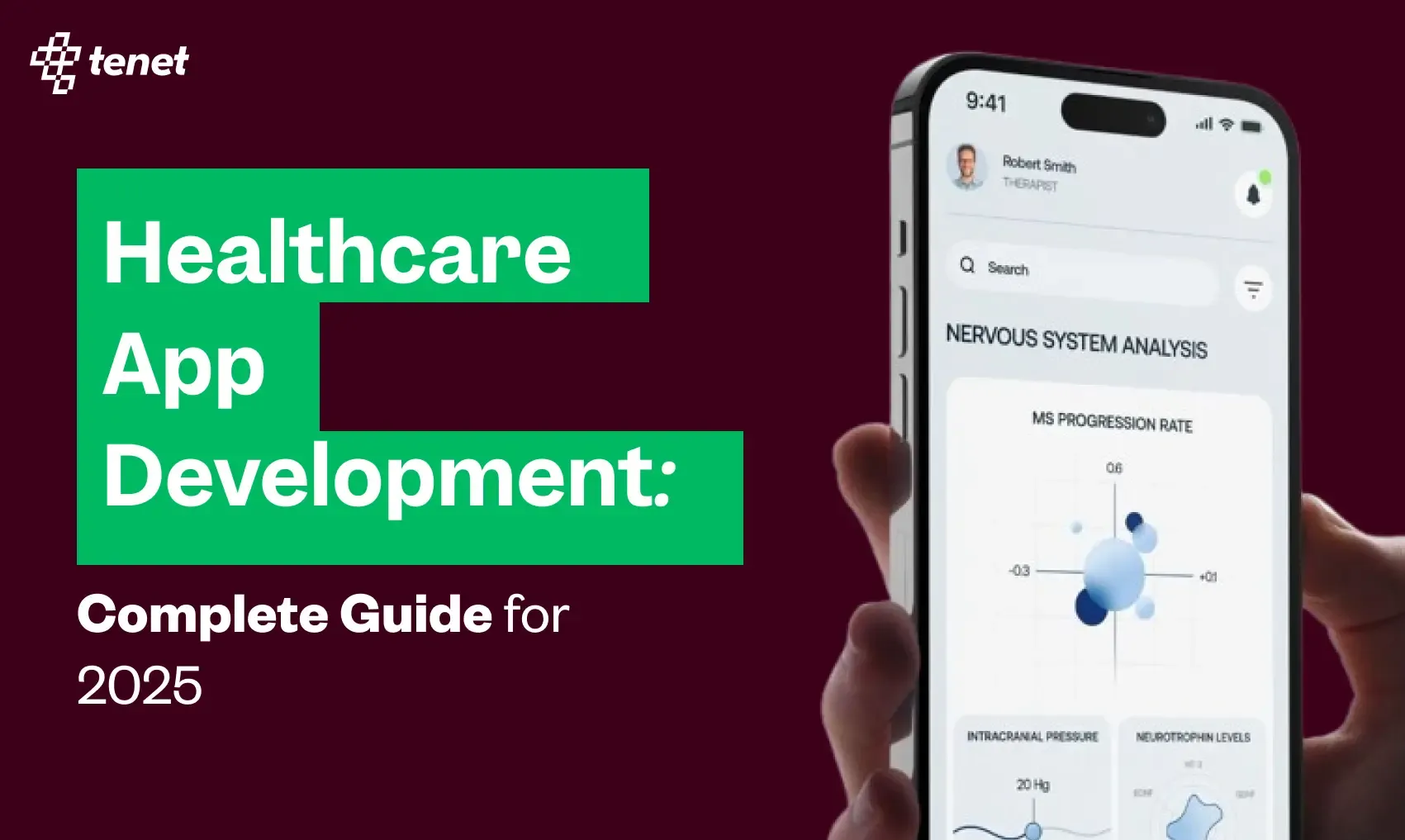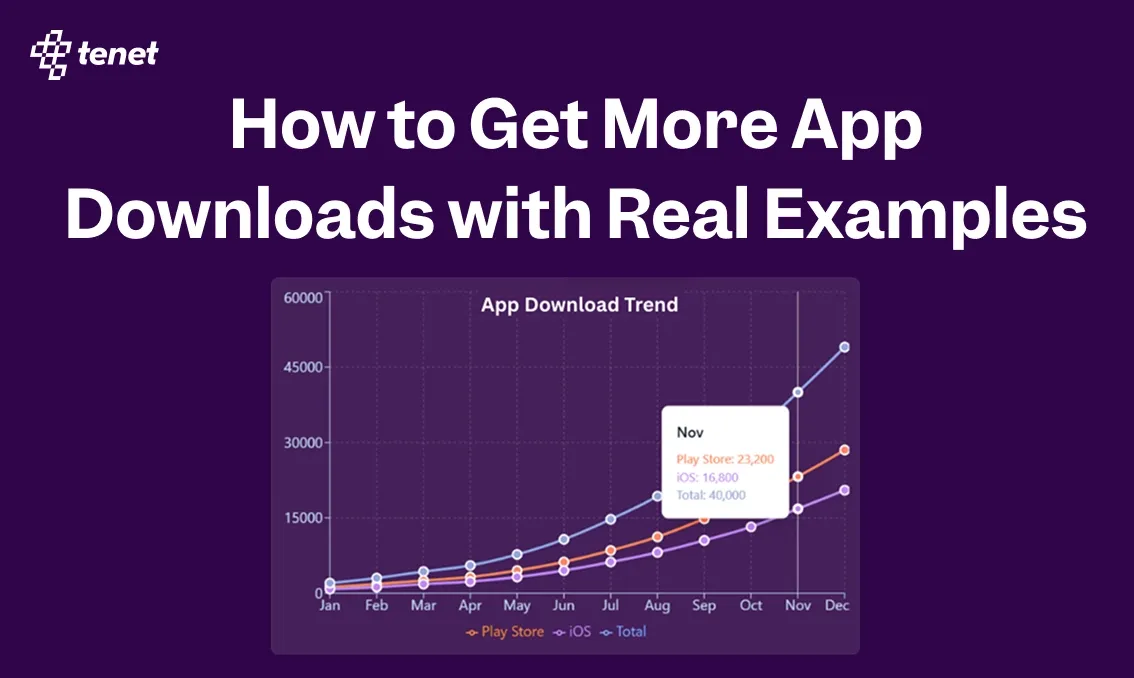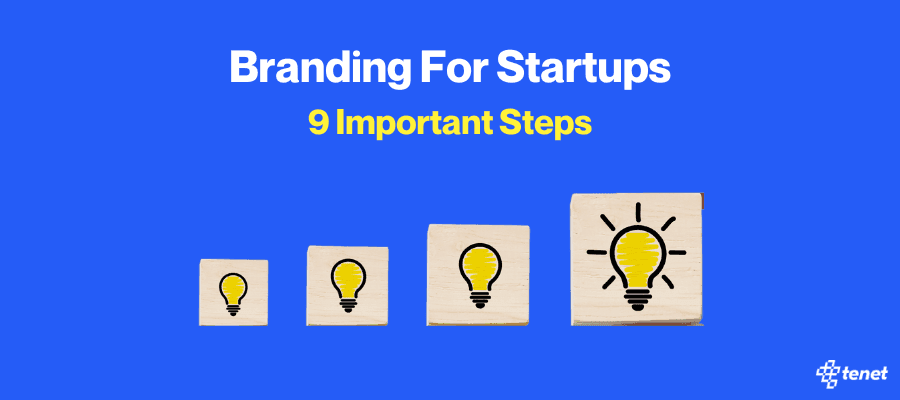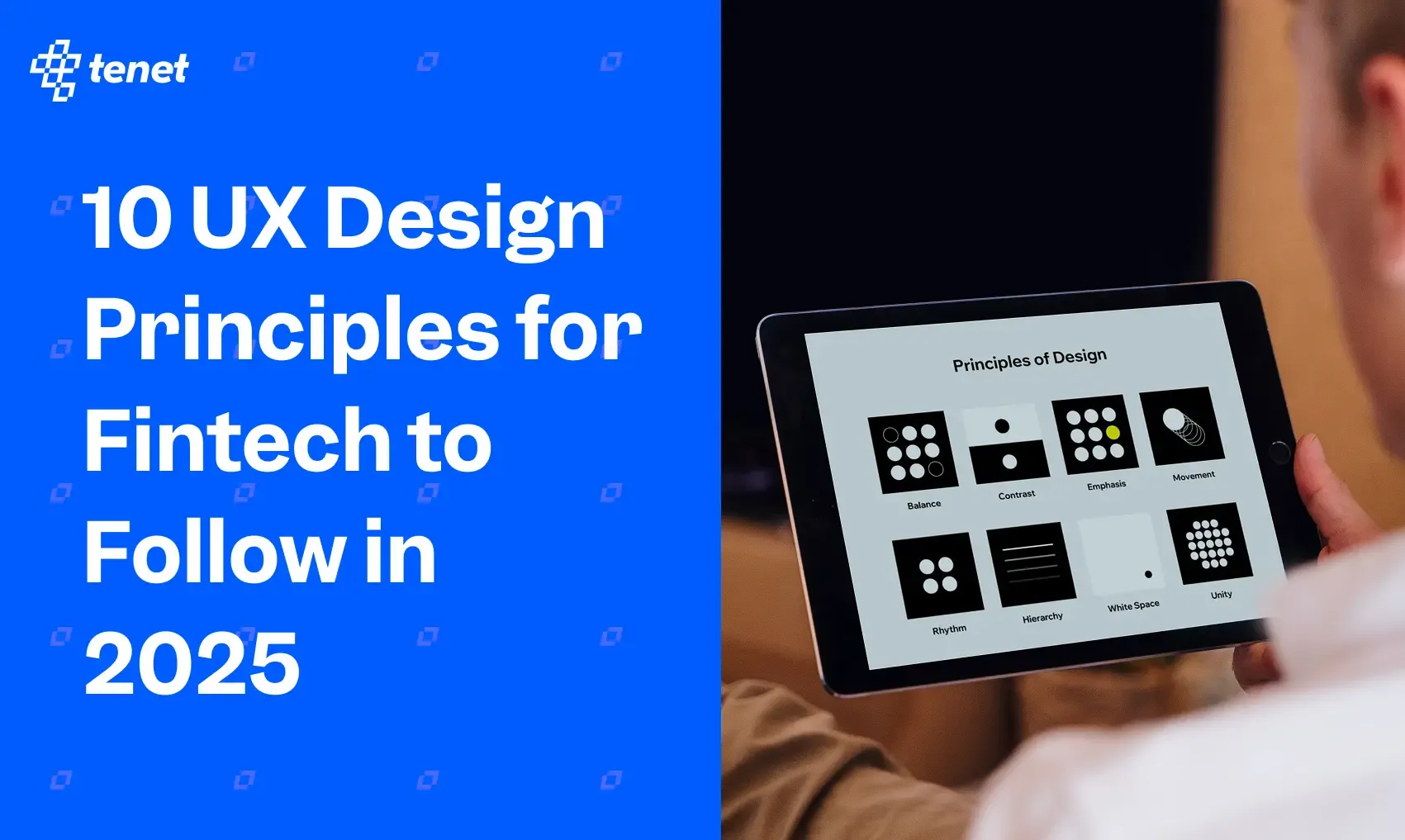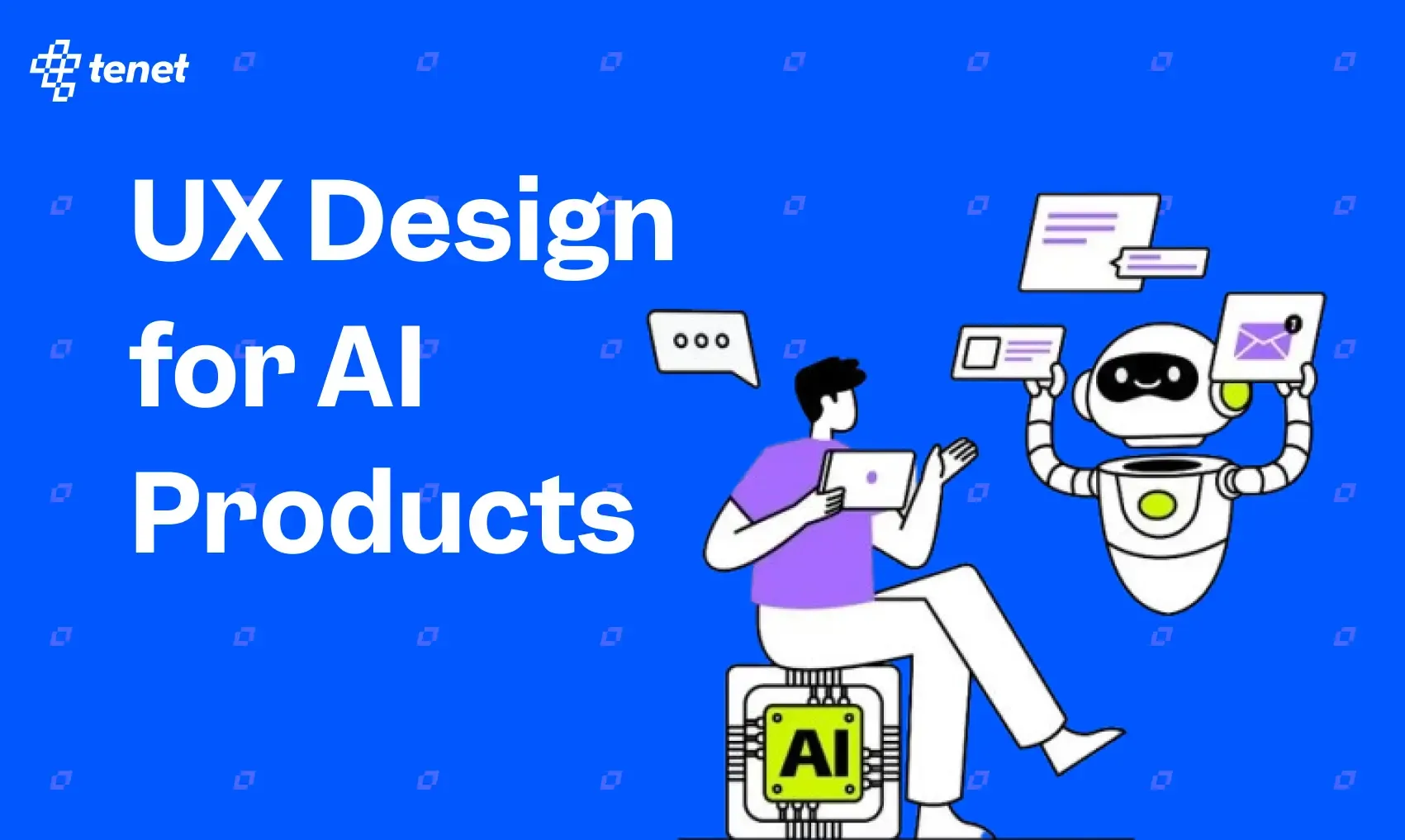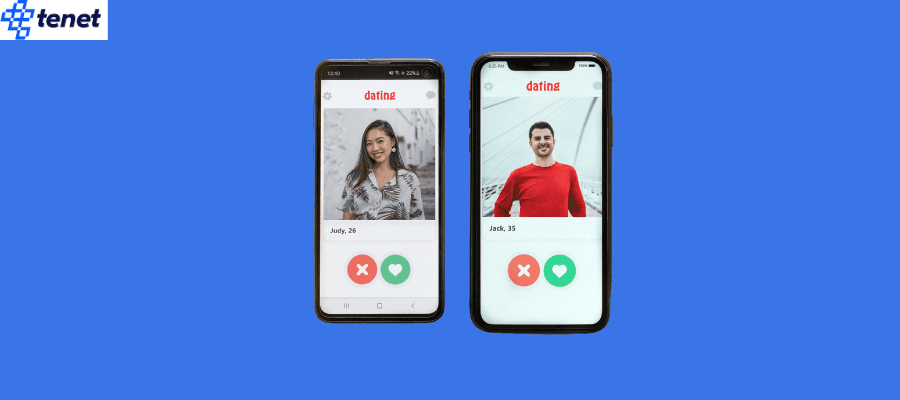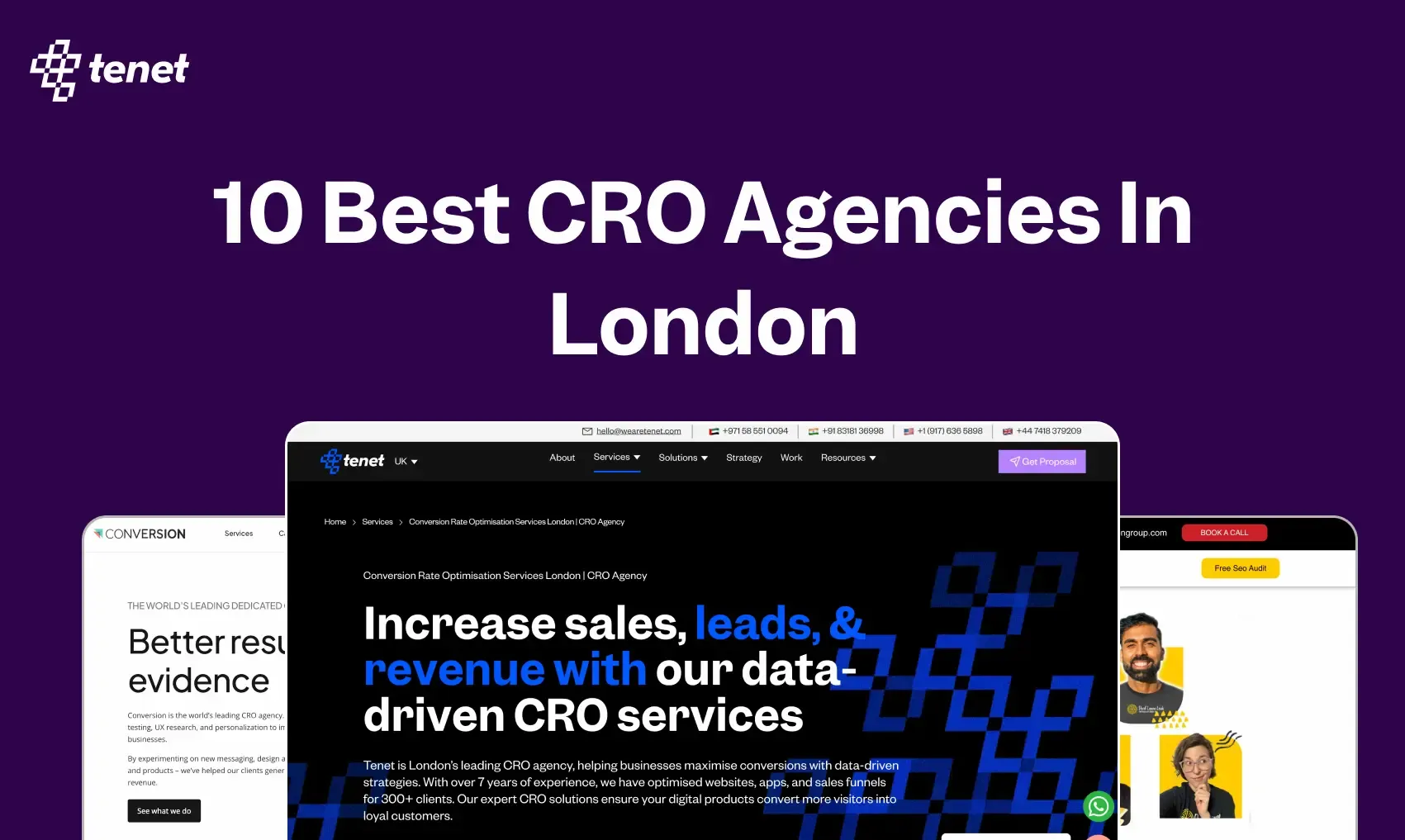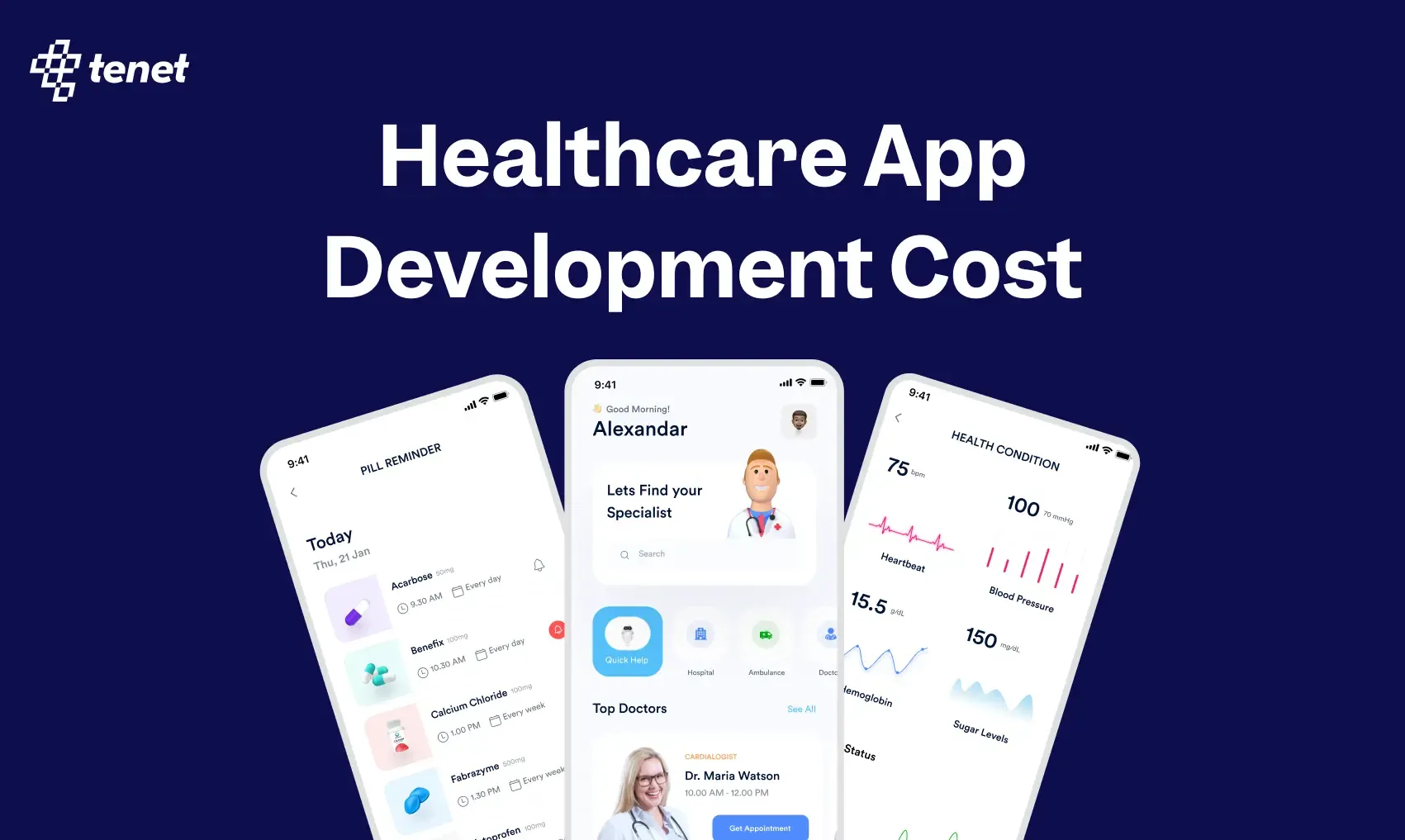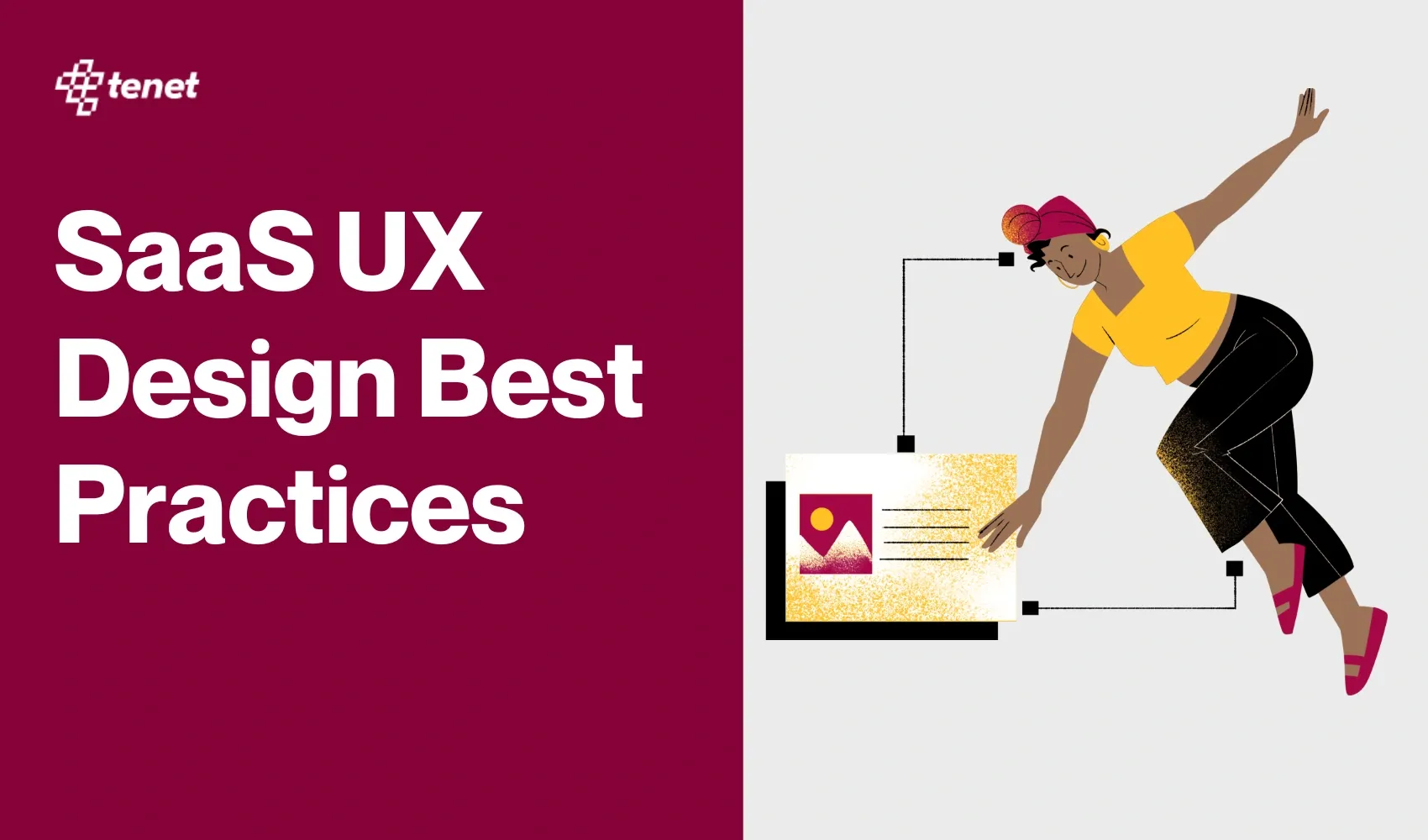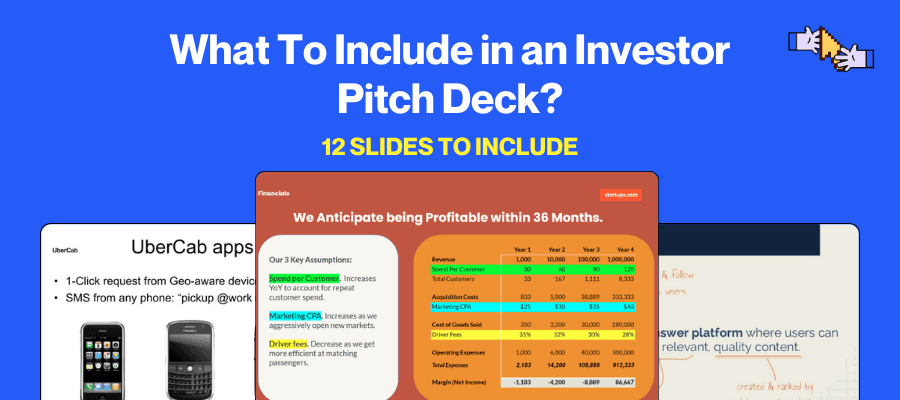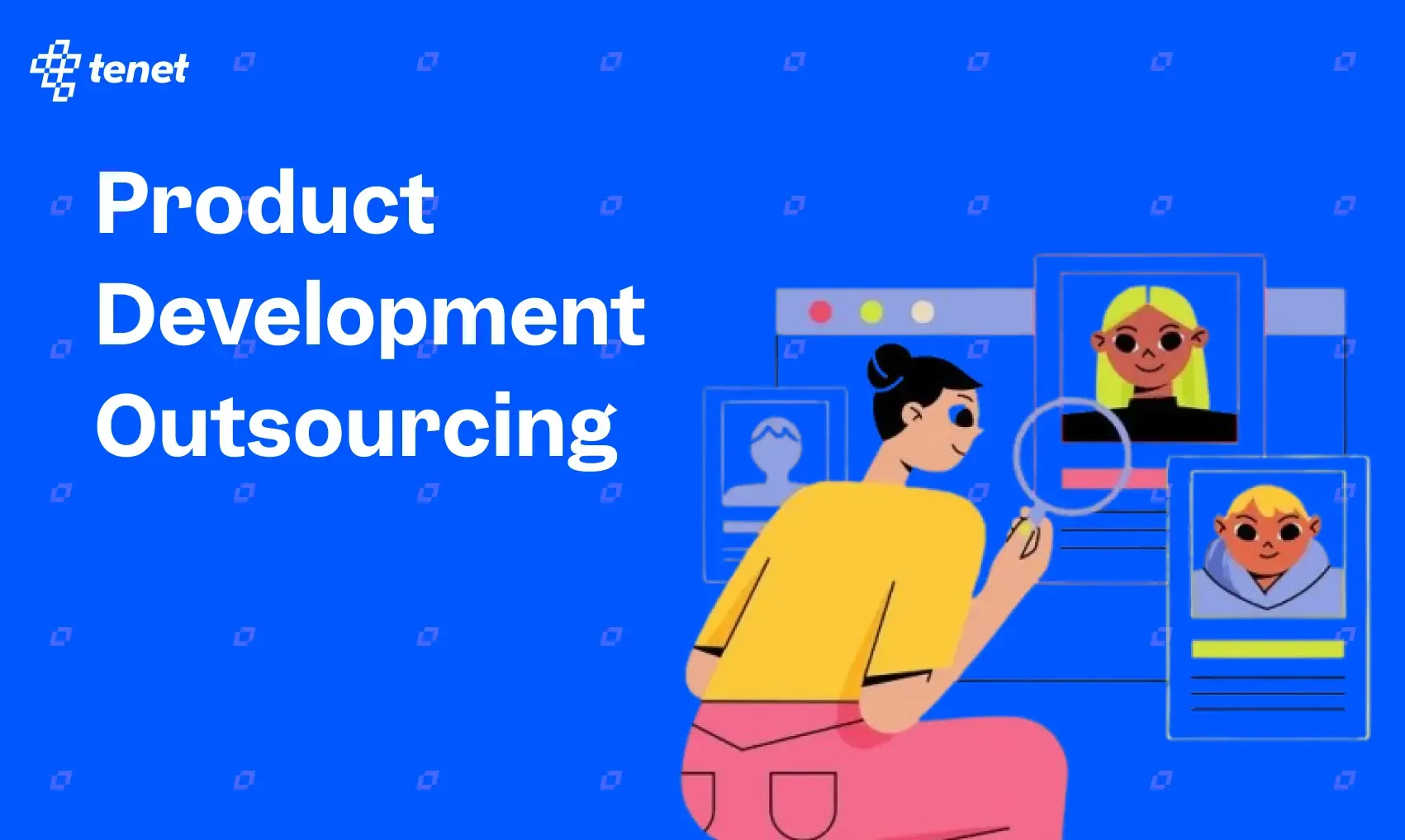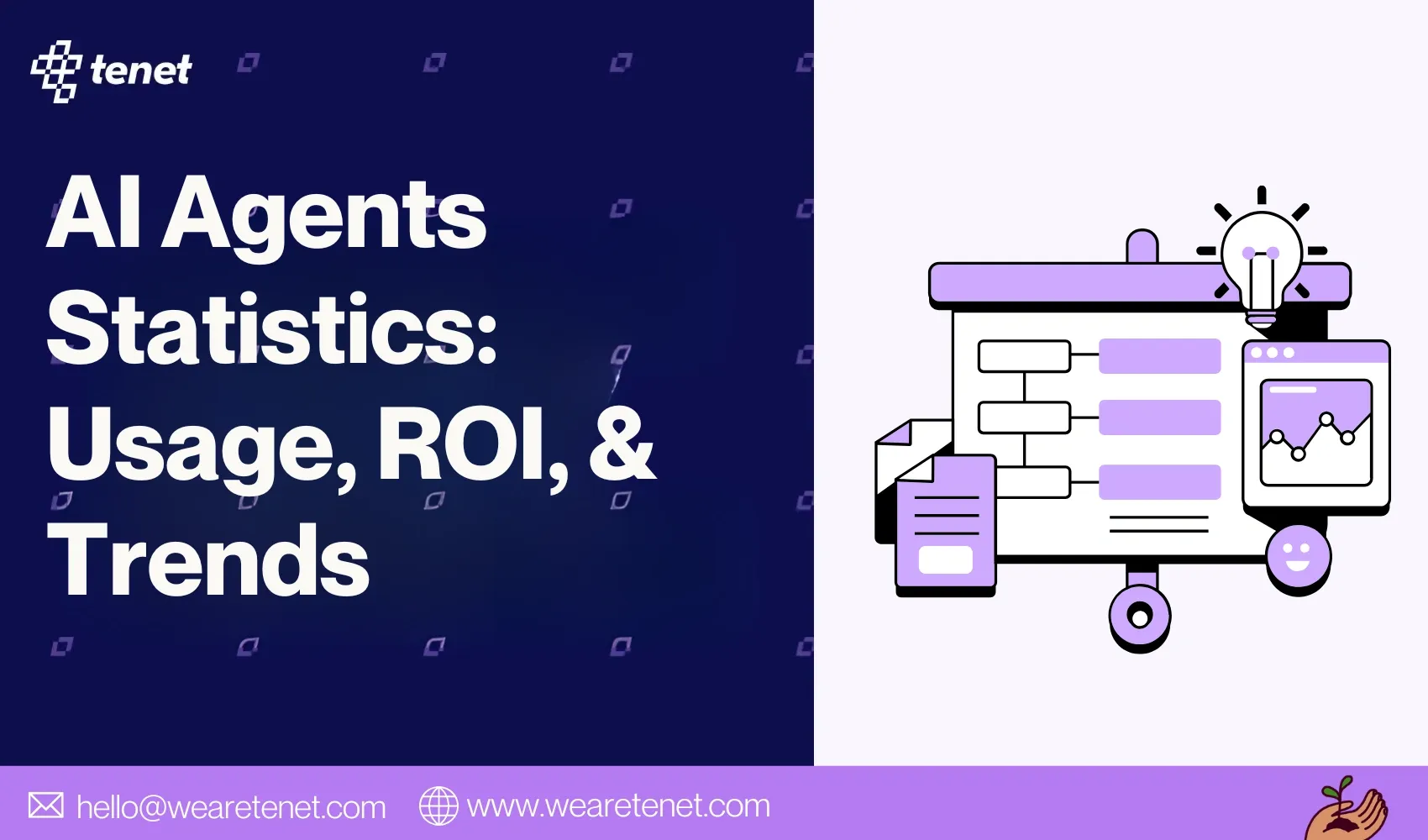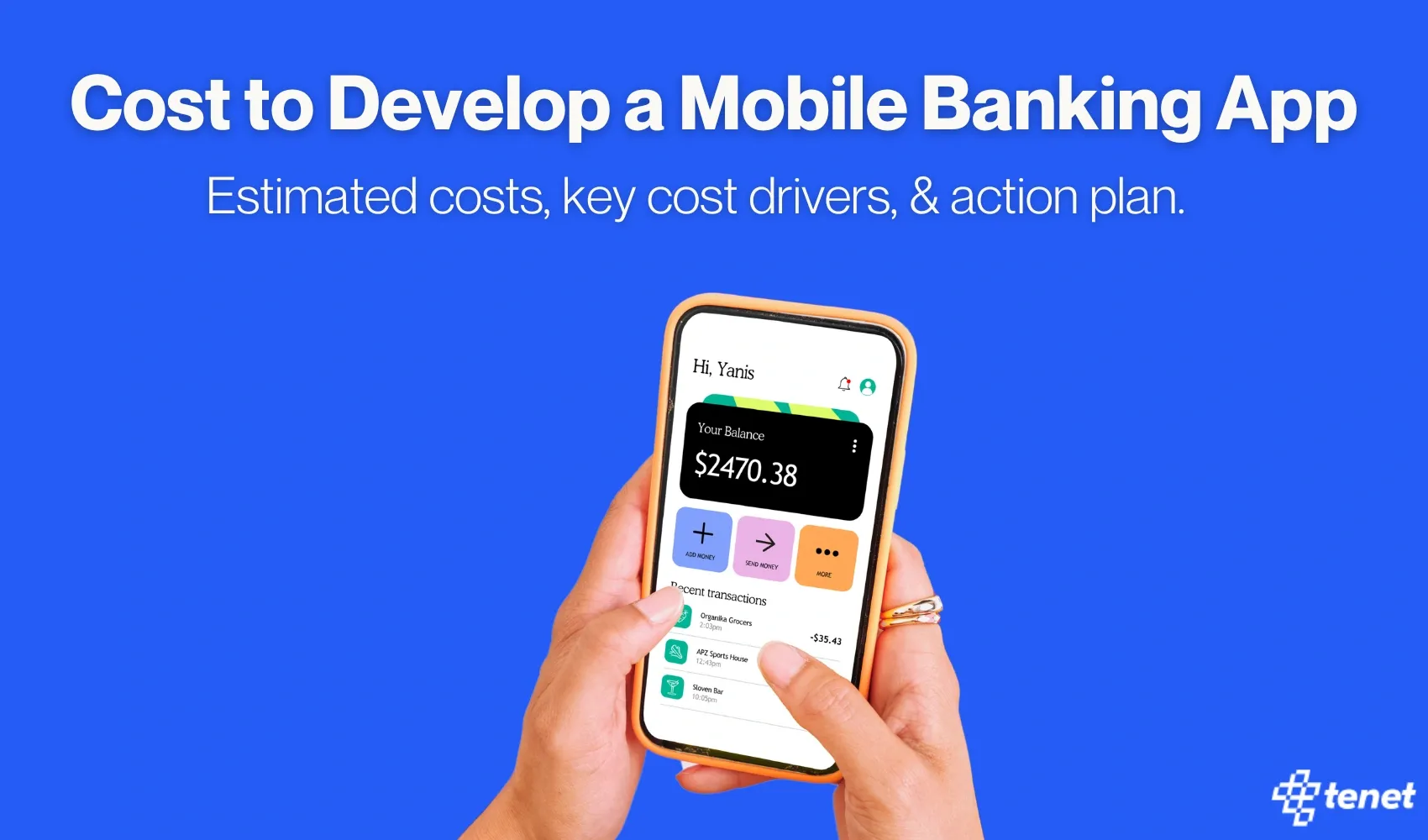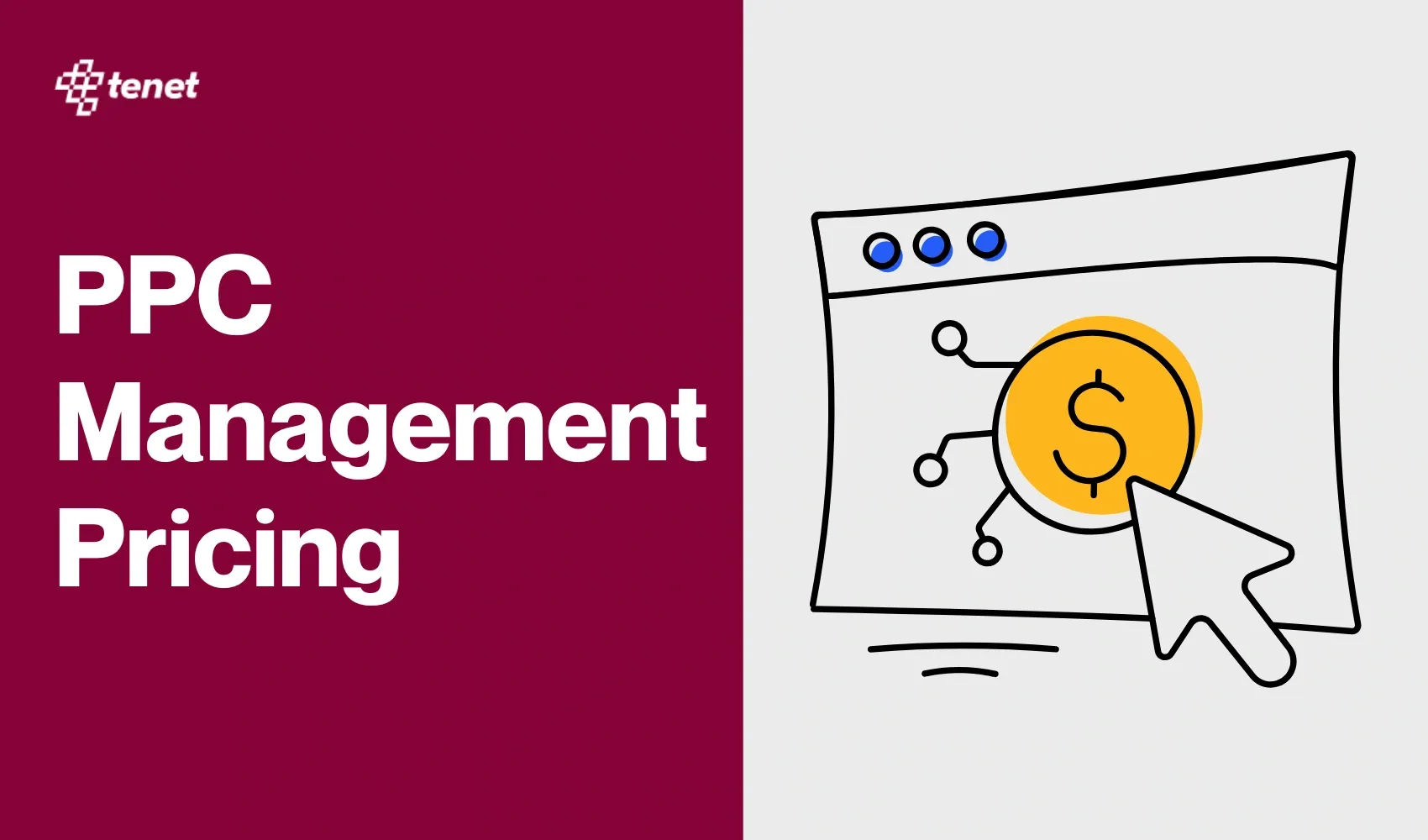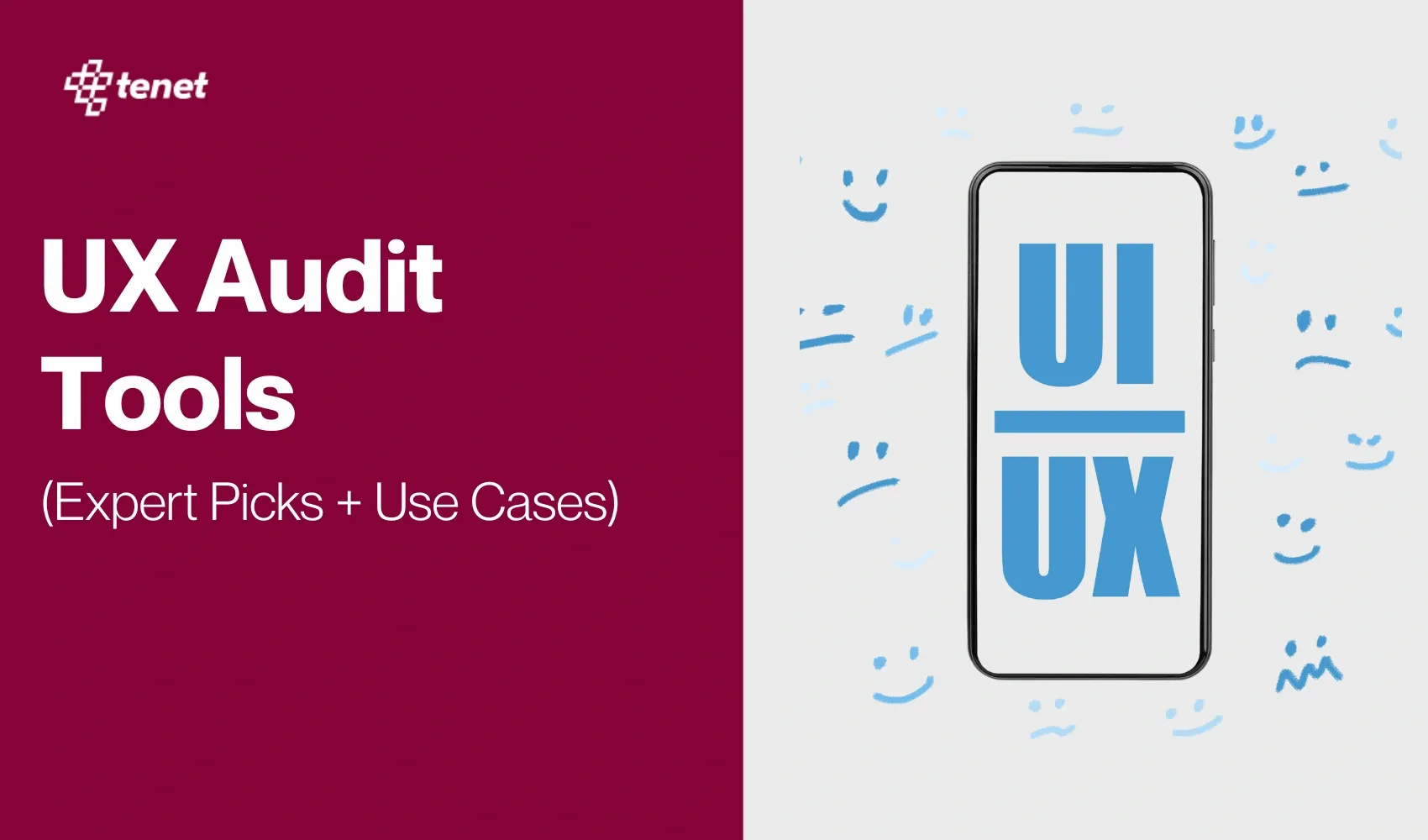8 IT Outsourcing Examples You Can Learn From in 2026
Share
Share
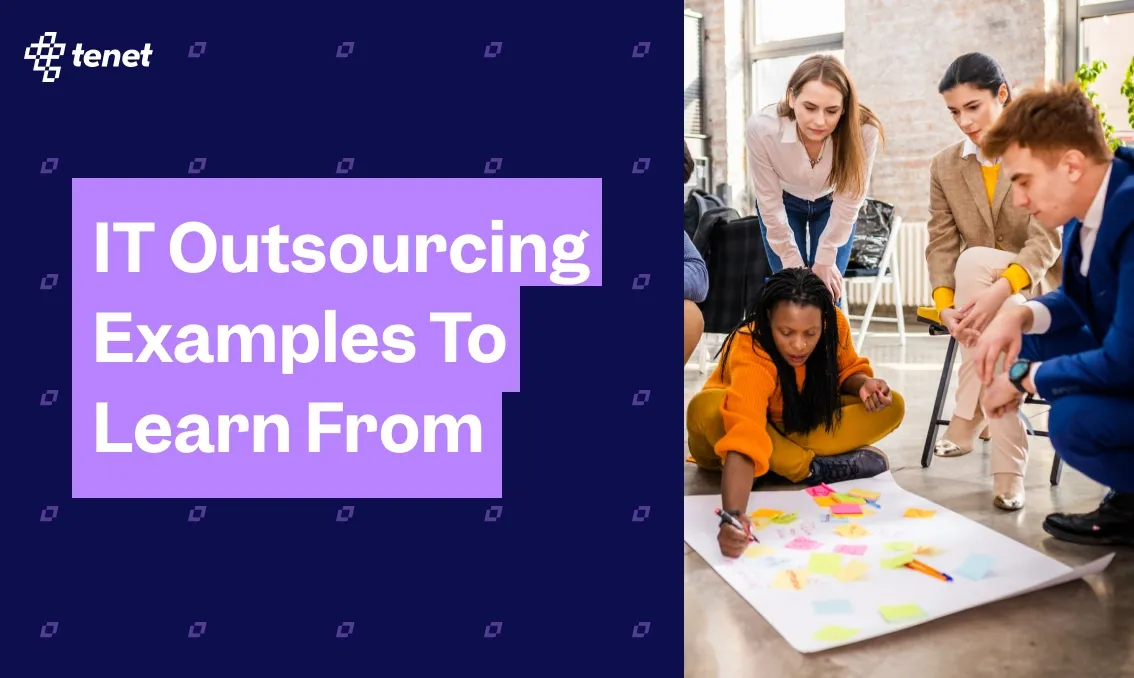
Many companies struggle to decide whether to build their tech solutions in-house or outsource them.
The confusion often lies in choosing the right outsourcing model, defining clear goals, and finding reliable partners who can deliver quality work on time.
Without the right structure, outsourcing can lead to poor communication, scope creep, and higher long-term costs instead of the expected efficiency.
At Tenet, we have solved these challenges through over 450 successful digital projects across 15 countries, achieving a 98% client satisfaction rate.
Our experience shows that the right outsourcing plan can turn technical hurdles into business growth opportunities.
This guide explores real IT outsourcing examples from leading companies and fast-growing startups. You will learn what they outsourced, why it worked, and how these decisions created measurable business impact that you can apply to your own projects.
IT outsourcing examples and outsourcing case studies to learn from
1. AppSumo
Noah Kagan, a former Facebook and Mint.com employee, founded AppSumo in 2010 as a platform for sharing daily deals on software and tech products. He identified a market opportunity but needed to validate his minimum viable product quickly without spending months on development. His budget was tight, and he needed to start collecting payments immediately to test market demand.
What they outsourced:
PayPal payment integration and initial website functionality to a remote developer
Why it worked:
- Kagan spent just $50 to get a functioning payment system, proving you don't need massive budgets to validate business concepts.
- The remote developer delivered the integration within days, allowing Kagan to start selling Imgur PRO subscriptions immediately.
- By outsourcing technical execution, he focused entirely on marketing, partnerships, and customer acquisition, his actual strengths.
- The quick validation proved demand existed, justifying further investment in the platform.
Key benefits:
- Launched within 48 hours instead of the months required to build internally or find a technical co-founder.
- Generated first revenue within a week, validating the business model before significant capital investment.
- AppSumo is now valued at over $80 million with 700,000+ subscribers on its mailing list.
- The company continues outsourcing for various projects, maintaining the lean operational model that drove early success.
2. Expensify
Expensify began in 2008 with a clear goal to simplify how businesses track receipts and manage expense reports. The founders soon realized that building both the frontend design and the complex backend systems would stretch their small team.
To keep development on track, the company outsourced backend work and focused its internal team on creating a smooth user experience. This approach helped them move faster and maintain quality without expanding their workforce.
What they outsourced:
Complete backend system development for an international software house
Why it worked:
- The outsourced team specialized in building scalable backend architectures for fintech applications, bringing relevant experience that the founders lacked.
- Expensify's internal team focused exclusively on frontend development and user experience, where they could create competitive differentiation.
- The separation allowed parallel development - backend and frontend progressed simultaneously rather than sequentially.
- The outsourcing partner had established infrastructure for handling financial data securely, meeting compliance requirements from day one.
Key benefits:
- Reached the market faster by developing the frontend and backend concurrently instead of serially.
- Built on a secure, compliant backend foundation without becoming experts in financial data regulations.
- Today, Expensify employs 130+ people, is publicly traded, and generated over $134M in 2024.
- The backend built through outsourcing scaled from a startup to a public company without requiring. fundamental rewrites.
👉 Discover the complete digital product design process with must-have steps for successful product development.
3. FairMoney
FairMoney operates as a digital bank in Nigeria, serving millions of users who seek accessible financial services. As regulations tightened and the user base grew, FairMoney faced major challenges with its Know Your Customer (KYC) processes and app stability. The company aimed to improve compliance systems quickly while keeping up its fast feature release cycle, which put heavy pressure on the internal engineering team.
What they outsourced:
KYC process optimization, compliance infrastructure, and app stability improvements to Netguru
Why it worked:
- Netguru brought specific expertise in building compliant fintech systems across multiple regulatory jurisdictions.
- The outsourced team had worked on similar KYC challenges for other fintech clients, avoiding the learning curve FairMoney would face solving it internally.
- FairMoney's internal developers focused on customer-facing features and product differentiation while outsourced developers tackled regulatory requirements.
- The partnership included knowledge transfer, ensuring FairMoney's team understood the implemented systems for future maintenance.
Key benefits:
- Reduced time-to-market by 30% through optimized development processes and parallel workstreams.
- Improved app stability metrics significantly, leading to better user retention and app store ratings.
- Achieved compliance with evolving Nigerian banking regulations without hiring specialized compliance engineers.
- Maintained a rapid feature release schedule while simultaneously improving technical foundation and regulatory compliance.
👉 Explore our fintech design services and how we create user-centric financial products.
4. UBS
UBS is the world’s largest private bank, serving high-net-worth clients across the globe. Despite its scale and resources, the bank saw that its mobile banking experience fell behind fintech competitors. Traditional systems and internal processes slowed down innovation.
To compete with modern digital banks, UBS sought a new perspective and expert support in mobile user experience design.
What they outsourced:
Complete mobile banking user experience redesign for a specialized design and development agency
Why it worked:
- The outsourced team brought consumer app design thinking to traditionally conservative banking interfaces.
- External designers weren't constrained by UBS's internal assumptions about banking UX, enabling more innovative solutions.
- The agency had designed mobile banking experiences for other financial institutions, understanding the unique regulatory and security requirements.
- Outsourcing created a faster feedback loop than internal development, which required navigating multiple approval layers.
Key benefits:
- Delivered a modern, intuitive mobile banking interface that competed effectively with fintech challengers.
- Improved customer satisfaction scores and mobile app usage among UBS's target demographic.
- The redesigned experience became a competitive advantage in retaining high-net-worth clients who expect sophisticated digital tools.
- Established a model for UBS to work with specialized external partners on future digital initiatives.
5. Zabka
Zabka is a leading convenience store chain in Central and Eastern Europe with thousands of outlets. The company saw that mobile apps increase customer loyalty and sales, but developing one internally would shift focus from core retail operations. To stay competitive, Zabka decided to launch its mobile app quickly through an external development partner.
What they outsourced:
Complete MVP mobile application development, including design, development, and initial feature set
Why it worked:
- The outsourced development team specialized in retail mobile apps, understanding loyalty programs, payment integration, and inventory systems.
- Zabka defined product requirements and customer priorities while the development team handled technical implementation.
- The MVP approach allowed Zabka to test market response before committing to a large internal mobile development team.
- The outsourced team's experience with similar retail apps meant they avoided common pitfalls and technical mistakes.
Key benefits:
- Launched a functional mobile app in months instead of the year-plus timeline estimated for internal development.
- The MVP validated customer demand for mobile ordering and loyalty features before scaling investment.
- Achieved thousands of downloads and active users within the first months, proving the business case for mobile investment.
- Established a foundation that Zabka could either maintain through continued outsourcing or bring in-house after proving the concept.
👉 Check out our mobile app development expertise for custom solutions across industries.
6. Calendly
Tope Awotona founded Calendly in 2013 after spending seven years in enterprise software sales at companies like IBM and Dell EMC. He grew frustrated with the endless email back-and-forth required to schedule meetings with prospects.
After spending six months researching existing scheduling tools and finding none that met his needs, Awotona decided to build his own solution.
However, he faced a critical challenge: he had no programming knowledge and needed to validate his idea quickly without burning through capital on a full development team.
What they outsourced:
Complete product development and design for Railsware, a software development company in Kyiv, Ukraine
Why it worked:
- Awotona used Ukraine's lower cost of living to keep development expenses manageable while bootstrapping, allowing him to maintain ownership without outside investment in the early stages.
- Railsware brought specialized expertise in building scalable web applications using Ruby on Rails, which accelerated development compared to hiring and training an in-house team from scratch.
- The Ukrainian team conducted a comprehensive BRIDGeS session (similar to Inception workshops) that helped Awotona refine his product vision, identify technical and business risks, and prioritize features before writing a single line of code.
- The partnership allowed Awotona to focus entirely on understanding customer needs, market positioning, and business development rather than managing technical implementation details.
- Railsware's experience with similar projects meant they avoided common pitfalls and technical debt that often plague first-time founders building products.
Key benefits:
- Launched a functional MVP after six months of development, which was significantly faster than assembling and training an internal development team.
- The initially free product (due to not having funds to build payment features) became an accidental growth strategy, helping Calendly spread virally and acquire its first customers organically.
- By 2021, Calendly raised $350 million at a $3 billion valuation, demonstrating that outsourced development doesn't compromise long-term scalability or investor confidence.
👉 Read our guide on UX design principles to build products users love.
7. Opera
Opera, founded in Norway, developed one of the world's pioneering web browsers starting in the 1990s. As the browser market became increasingly competitive with Microsoft's Internet Explorer and later Google Chrome, Opera recognized it needed to expand its development capabilities rapidly without the overhead of building massive teams in expensive Western European locations. They also wanted to tap into Eastern Europe's strong pool of technical talent while maintaining close collaboration and quality control.
What they outsourced:
Established dedicated R&D development centers in Wrocław (2006) and Warsaw (2009), Poland, transferring significant browser development operations
Why it worked:
- Poland offered the best pool of skilled software engineers with strong computer science education, particularly in Wrocław, which has multiple technical universities.
- The nearshore location (same timezone, short flight from Oslo) enabled frequent collaboration, face-to-face meetings, and cultural alignment that would be difficult with offshore outsourcing to Asia.
- The Polish offices handled core development of Opera, Opera Mobile, and Opera Mini browsers, not just peripheral features, demonstrating genuine trust in the distributed team's capabilities.
- Starting with 23 employees in Wrocław in 2006, Opera scaled to over 150 engineers across both Polish offices by 2009, proving the model's scalability for rapid growth.
- The Wrocław office developed Opera Mini for iPhone, which became one of the most downloaded apps in App Store history, showcasing the high-quality output from the Polish teams.
Key benefits:
- Lower operational costs compared to Scandinavian locations while maintaining European Union regulatory alignment and work culture compatibility.
- Opera's Polish offices became the company's largest foreign branch and a key element in its global structure, eventually surpassing Norwegian operations in size.
- Today, Wrocław serves as Opera's largest European office and a vital hub for innovation, with the Polish team responsible for critical products like Opera GX (gaming browser).
- The successful nearshore model in Poland enabled Opera to compete effectively against tech giants like Google and Microsoft despite having far smaller budgets.
8. SeatGeek
SeatGeek was founded in 2009 by Russell D'Souza and Jack Groetzinger as a mobile-first ticket search engine for sports, concerts, and theater events. The founders wanted to build a platform that compared ticket prices from many sources to help users find the best deals. Creating such a system required large-scale data collection, complex pricing algorithms, and a strong technical foundation, all within the limits of a small startup budget and a tight timeline to enter the market.
What they outsourced:
Software development, database architecture, and ticket price data collection to global contractors and freelancers
Why it worked:
- Groetzinger understood that contractors in developing countries could provide quality work at a fraction of U.S. costs (as low as $1 per hour for data collection tasks), allowing SeatGeek to build infrastructure it couldn't otherwise afford.
- Distributing work globally provided round-the-clock productivity, with contractors in different time zones working on data collection and development while the core team focused on product strategy.
- The flexible contractor model allowed SeatGeek to scale specific capabilities up or down based on immediate needs without the financial commitment and overhead of full-time employees.
- Groetzinger openly shared his outsourcing philosophy with other startups, emphasizing that smart outsourcing was essential during the early stages when capital efficiency determines survival.
- Using contractors for data collection was particularly strategic - this labor-intensive work didn't require deep company knowledge but was critical for building SeatGeek's comprehensive ticket database.
Key benefits:
- Built comprehensive ticket price databases and software infrastructure significantly faster and cheaper than hiring an equivalent full-time team in New York.
- By 2020, SeatGeek was processing at least $1 million in daily transactions with an 8-14% commission per transaction, generating substantial revenue on infrastructure built largely through outsourcing.
- The company maintains a lean core team (approximately 400 employees) while continuing to use contractors for specific projects, proving the long-term viability of the hybrid model.
- SeatGeek's success with outsourcing helped legitimize the practice for other startups in the competitive ticketing industry, demonstrating that outsourcing doesn't compromise quality or innovation.
👉 See how SaaS development outsourcing can accelerate your product launch.
Why Do Companies Choose IT Outsourcing?
1. Access to Specialized Expertise and Talent Pools
Finding engineers with specific technical skills often takes months through traditional hiring. According to recent data, 57% of hiring managers struggle to find qualified IT talent.
Outsourcing provides immediate access to specialists in areas like machine learning, cloud architecture, or DevOps who have already solved similar problems for other clients.
This expertise gap particularly affects companies outside major tech hubs or those needing niche skills for short-term projects where permanent hiring makes little economic sense.
2. Significant Cost Reduction Without Quality Compromise
The financial advantage extends beyond salary differences. Companies eliminate recruitment costs, onboarding overhead, benefits, office space, and equipment while converting fixed labor costs into variable expenses.
Rather than maintaining a large permanent team for peak capacity, organizations can scale development resources up or down based on current project demands. This operational flexibility proves especially valuable for companies with seasonal business cycles or project-based development needs.
👉 Get a detailed breakdown of digital product design costs to plan your budget effectively.
3. Accelerated Time-to-Market for Products
Speed determines competitive advantage in most tech markets. Outsourcing enables companies to begin development immediately instead of spending months recruiting and onboarding.
Experienced vendors bring established development processes, quality assurance protocols, and project management frameworks that accelerate delivery. They've already encountered and solved common technical challenges, avoiding the trial-and-error phase that internal teams often face when working with unfamiliar technologies.
👉 Explore product development strategies that work to speed up your launch timeline.
4. Enhanced Scalability and Flexibility
Business requirements change rapidly, and internal teams struggle to scale at the same pace. Outsourcing partners can quickly assign additional developers to projects during critical phases or reduce team size when requirements stabilize.
This elasticity allows companies to respond to market opportunities without the multi-month lag time associated with hiring or the difficult decisions around layoffs when project needs decrease. Large vendors maintain talent pools across multiple skill sets, enabling rapid team composition changes as project requirements evolve.
5. Focus on Core Business Competencies
Most companies don't compete on IT development capabilities; they compete on product vision, market understanding, customer relationships, or domain expertise. Outsourcing technical execution allows leadership and internal teams to concentrate on strategic initiatives that directly drive business value. A fintech company should focus on financial product innovation, not the nuances of mobile app development. A healthcare provider should optimize patient outcomes, not database optimization techniques.
6. Risk Mitigation Through Established Processes
Mature outsourcing vendors bring proven development methodologies, quality assurance frameworks, security protocols, and compliance expertise. They've invested in establishing these processes across dozens or hundreds of projects.
Companies benefit from this accumulated experience without building these capabilities internally. Vendors also assume certain project risks; if a developer leaves, the vendor replaces them immediately rather than leaving the company scrambling to fill the position.
7. 24/7 Development Cycles Across Time Zones
Geographic distribution enables continuous development progress. While the internal team sleeps, outsourced teams in different time zones continue building, testing, and deploying.
This around-the-clock development cycle can nearly double productivity for time-sensitive projects. It also provides follow-the-sun support coverage, ensuring customer issues get addressed quickly, regardless of when they occur. Companies can literally wake up to completed features and addressed bugs without extending their own teams' working hours.
How Tenet Helps Businesses Solve IT Outsourcing Challenges
Most IT outsourcing partnerships fail not from technical limitations but from misaligned expectations, communication gaps, and unclear processes. At Tenet, we've implemented our approach over 450+ projects to address the fundamental challenges that frustrate typical vendor relationships.
One such example is our collaboration is ACE Plus, India's leading soft skill education platform for young learners, which needed comprehensive product development and digital transformation.
The challenge extended beyond building features; they required a partner who understood educational technology, user experience for both children and parents, and scalable architecture to support rapid growth.
The Challenge:
- The legacy platform couldn't support new features and increasing user demand
- Needed an intuitive design that engaged young learners while providing value to parents
- Required scalable infrastructure to handle growth without performance degradation
- Tight timeline to stay competitive in the edtech market
Our Approach:
We started with extensive UX research to understand how children interact with learning platforms and what features parents valued most. Rather than jumping into development, we conducted usability testing with actual users, both children and parents, to validate our design assumptions. This research phase revealed critical insights that shaped the entire product strategy.
Our team then rebuilt the platform from the ground up, focusing on three priorities: an engaging user experience for children, transparent progress tracking for parents, and a flexible architecture that could accommodate new learning modules without major rework.
👉 Learn more about our case study for ACE Plus
The Results:
- Delivered a modern, scalable platform that supports ACE Plus's growth trajectory
- Created an intuitive interface that increased user engagement and session duration
- Implemented analytics that provide parents with detailed insights into their children's progress
- Built a foundation that allows ACE Plus to rapidly deploy new courses and features
Ready to outsource your next project without the typical risks?
👉 Contact us to explore how we can help.
Build Better Products with Tenet's Experienced Designers and Developers
Build Better Products with Tenet's Experienced Designers and Developers

Got an idea on your mind?
We’d love to hear about your brand, your visions, current challenges, even if you’re not sure what your next step is.
Let’s talk
